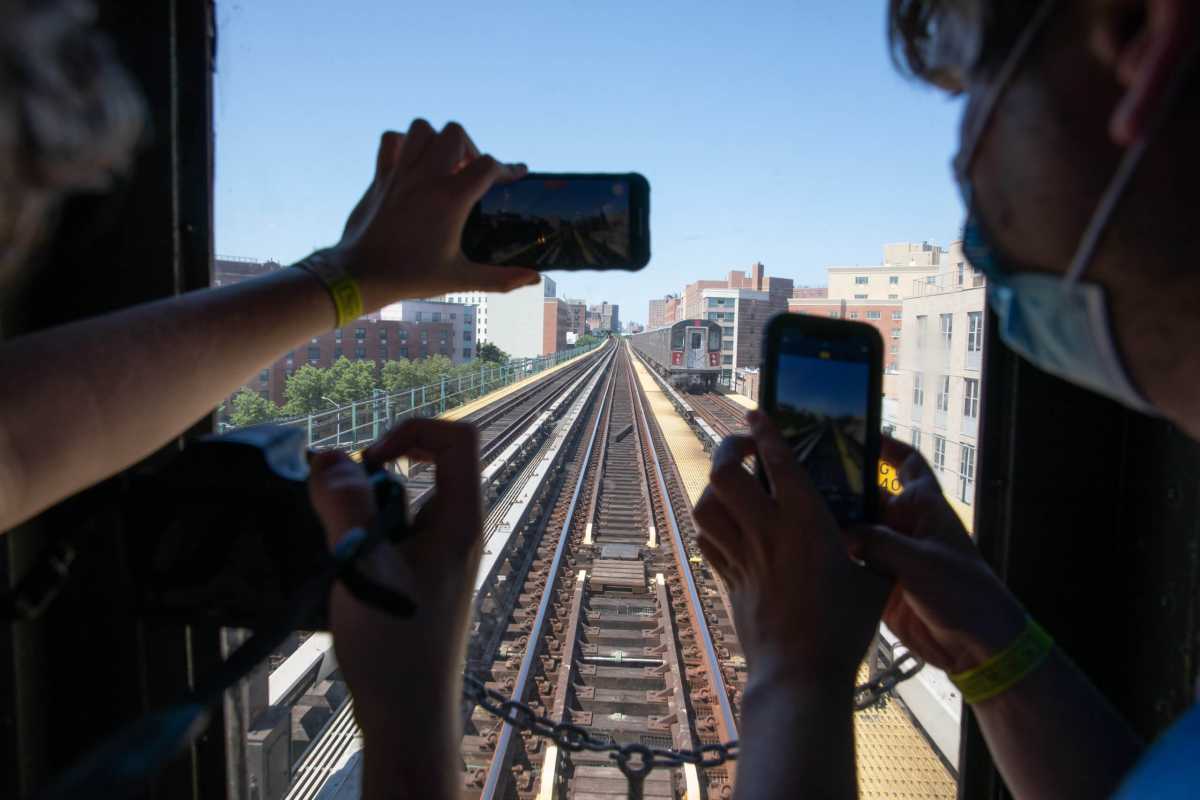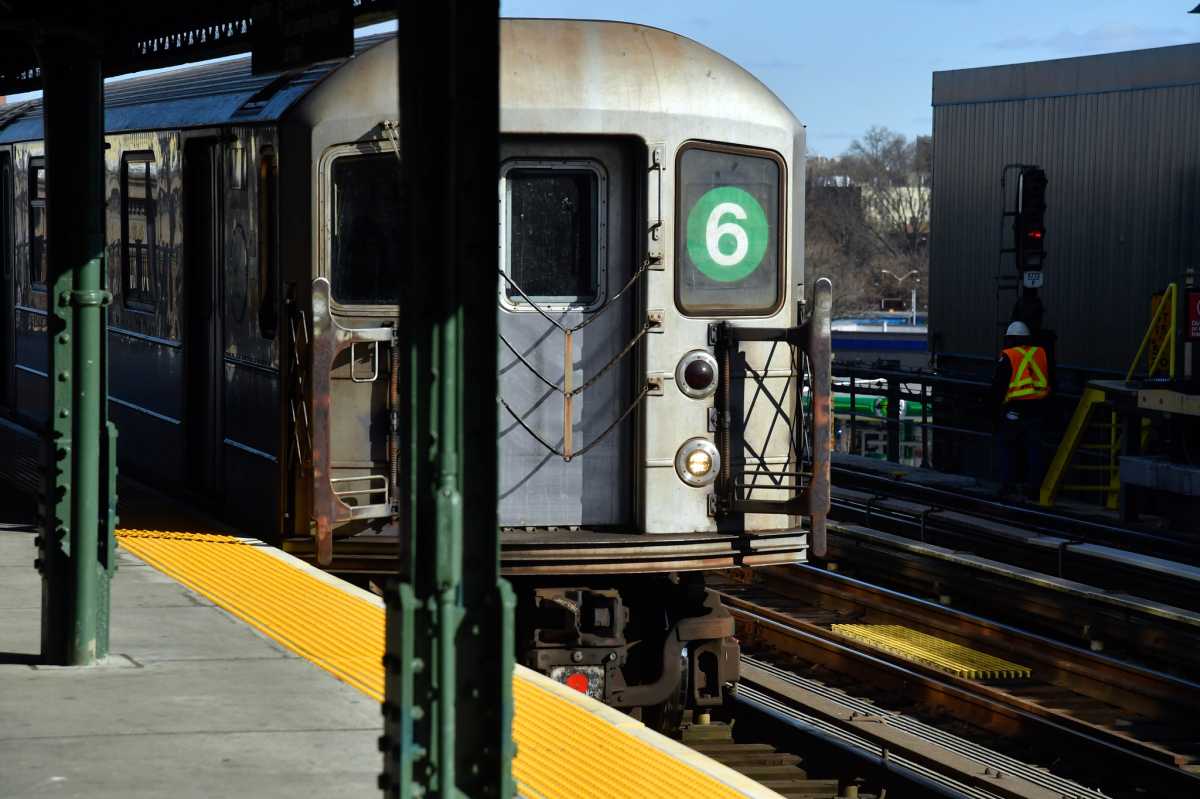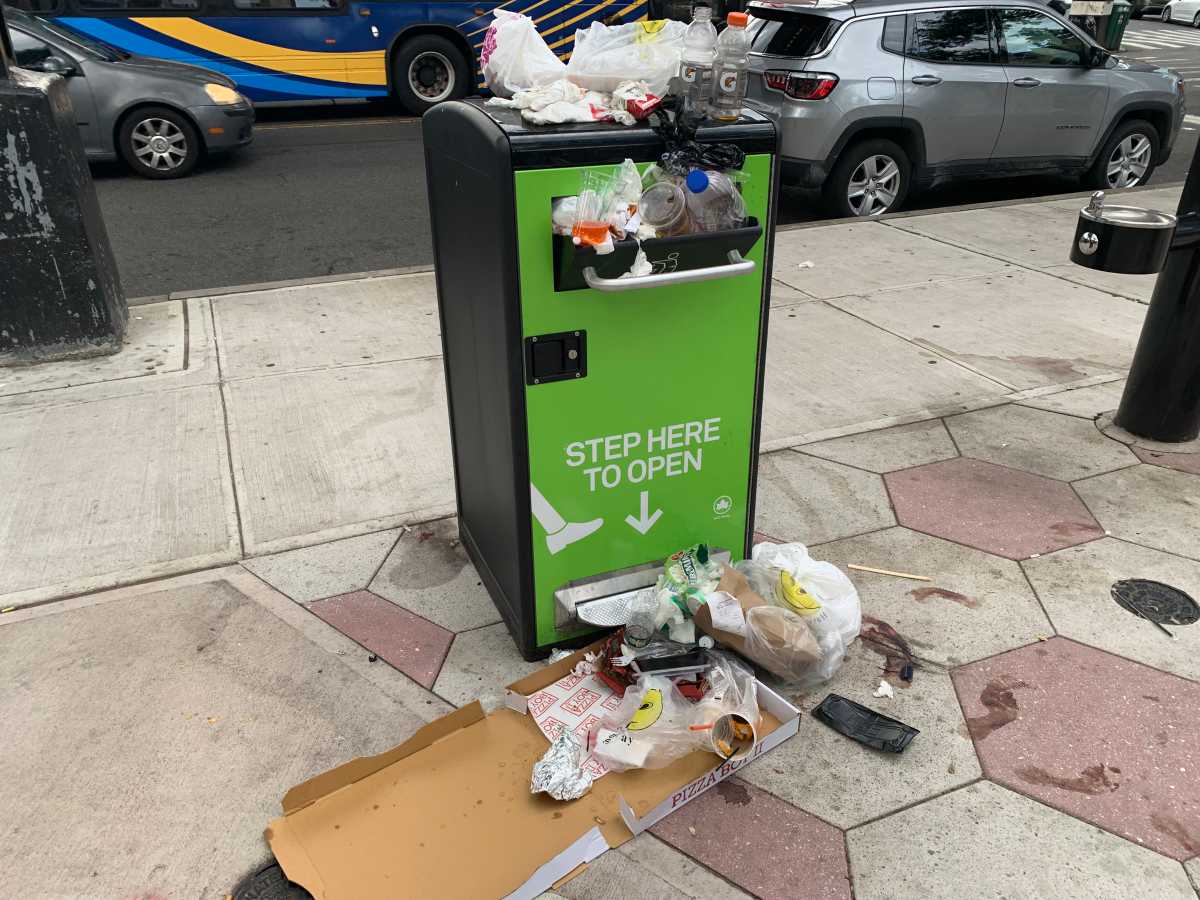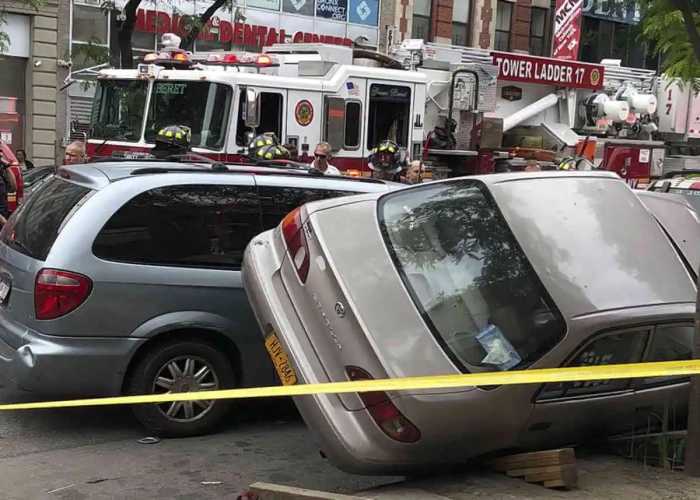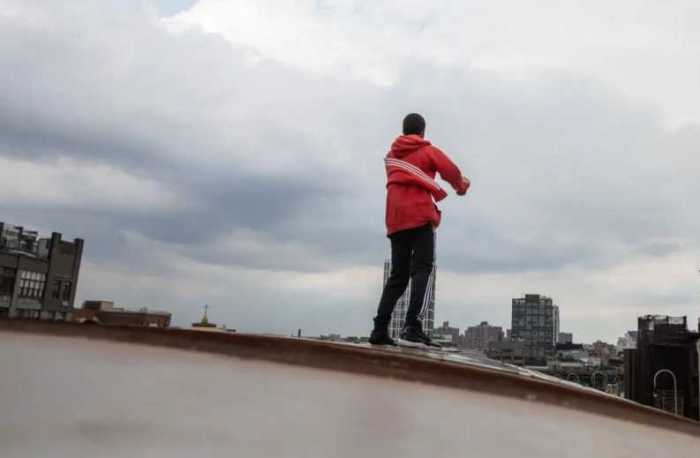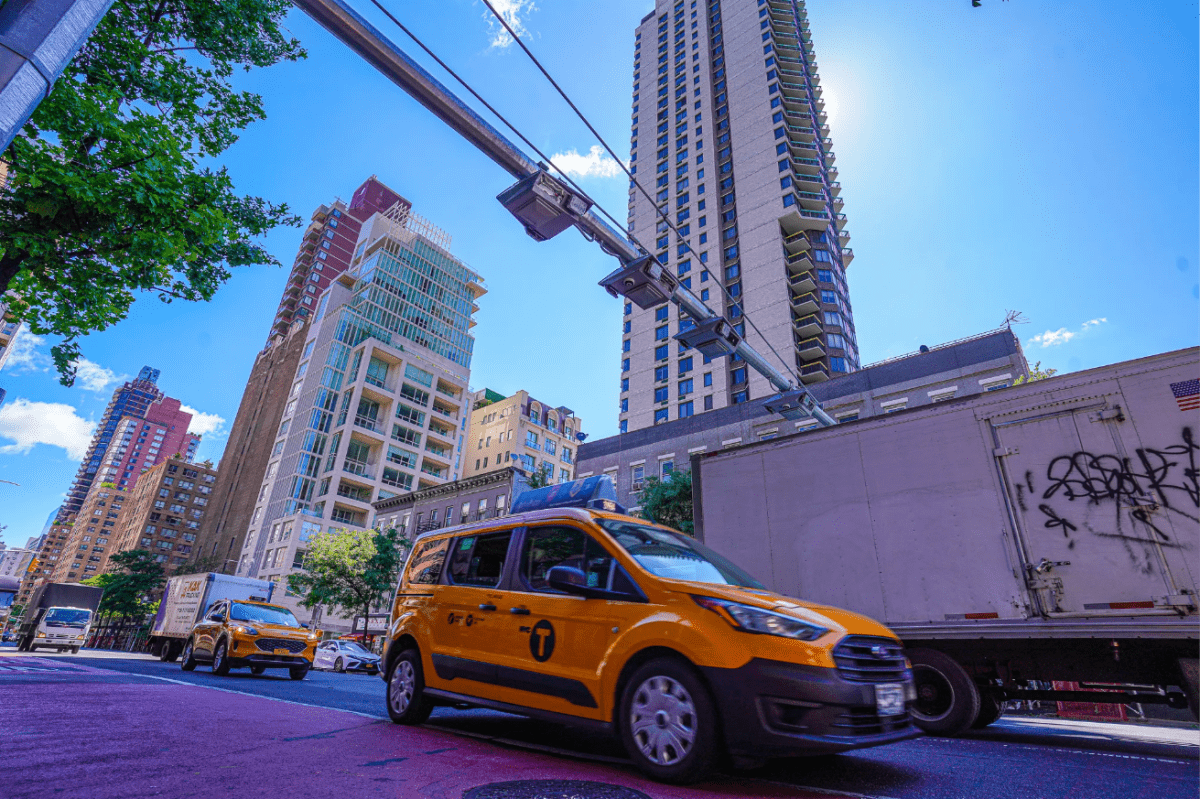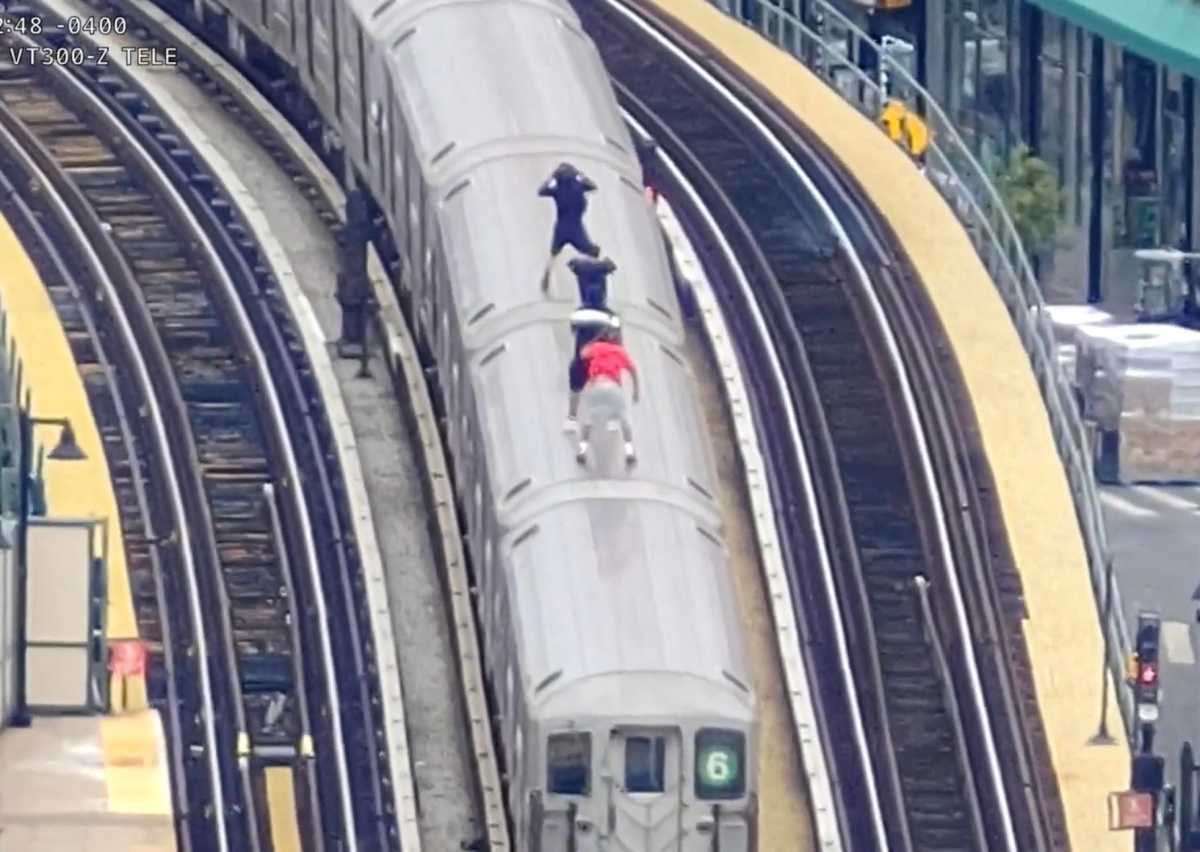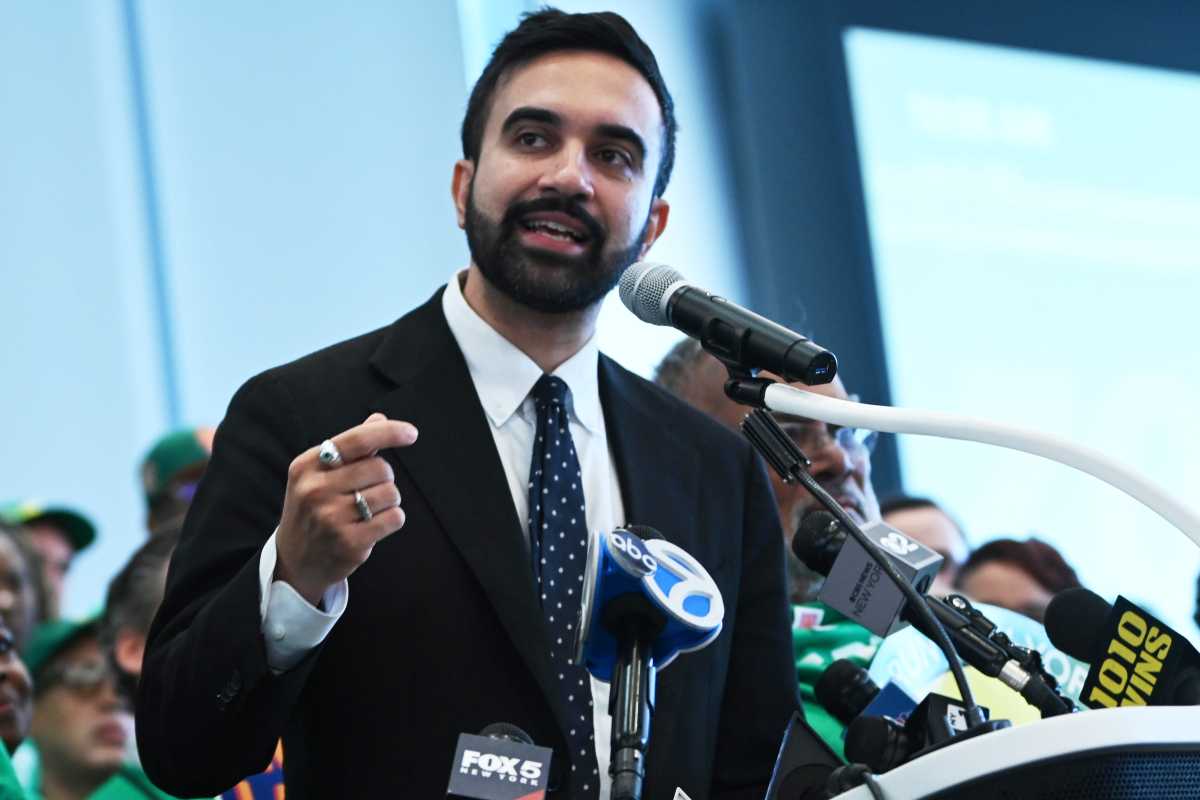A handful of train aficionados crowded by the back window of an old subway train, zooming through the tunnels of downtown Manhattan and up through the elevated rails in the Bronx.
They boarded the train at the old South Ferry station in lower Manhattan, which was built in 1905 and has been closed to the public since 2017. Surrounded by other curious passengers, some with cameras out, the transit lovers admired original mosaics on the station walls before coming aboard a train made up of several Lo-V cars that were built between 1916 and 1925 for a ride to the Bronx and back on the New York’s Interborough Rapid Transit Company (IRT) White Plains Road line, now used by the 2 and 5 trains. The IRT was the underground rail system’s private operator when the subway first opened in 1904.
But the train lovers sitting on cushioned wicker seats and holding onto individual handles below reprints of old advertisements weren’t riding in the 20th century. Instead they zoomed through the subway system on a Saturday morning just last month, enjoying a mix of restored original pieces and replacements that match the originals in an old Lo-V train.
The passengers, many coining themselves “rail fans,” bought tickets for the New York Transit Museum’s Old South Ferry Loop Nostalgia Train Ride.
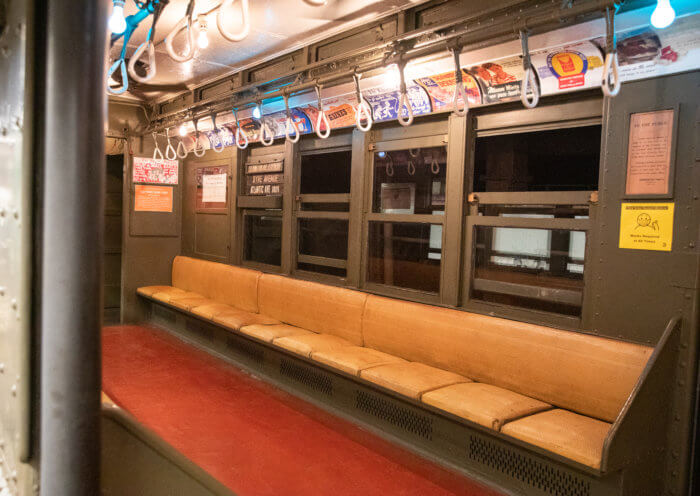
The NYC Transit Museum is holding a series of what they call Nostalgia Train Rides – two out of three sold out — this summer. Tickets cost $60 for adults and $40 for children, and were cheaper for museum members.
The low-voltage steel cars, which utilize 32-volt batteries, were invented as a second generation of IRT subway cars meant to be safer than the earlier cars, which used a combination of wooden composite cars and steel 600-volt high-voltage cars.
Most of these second-generation IRT cars were retired in 1963 and 1964. The Third Avenue Elevated line – which at the time was dedicated solely to the Bronx – retired the last Lo-V cars in use in 1969, according to New York Transit Museum Curator Jodi Shapiro.
“The reason why cars were made into low voltage cars was for the safety of the crew, first and foremost, and they found that the cars ran just as efficiently with low voltage,” Shapiro said in an interview with the Bronx Times.
The 20th century train used for this trip down memory lane is made up of 1917-1924 cars that are both museum pieces and working pieces of equipment, Shapiro said.
“These are the original trains, they didn’t go and rebuild them to the old standards,” passenger Anthony Liccese, of Throggs Neck, told the Bronx Times while onboard. “These are the actual trains.”
Liccese, who works as a structural engineer for the Long Island Rail Road, pointed to the long life of the old train, saying its mechanical nature is easier to maintain than newer trains, which are controlled by computers.
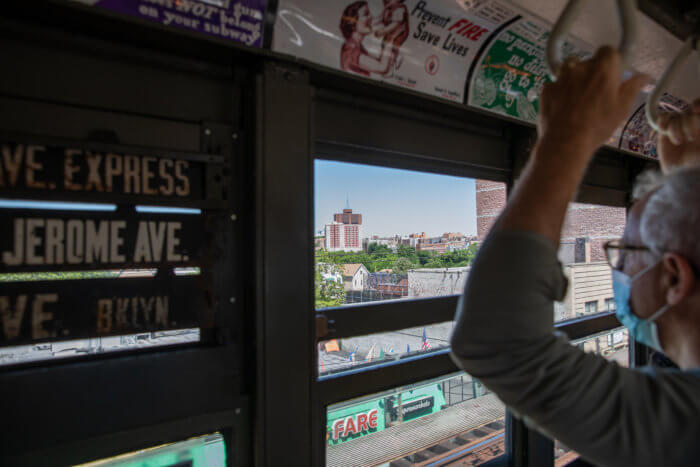
Shapiro agreed, saying troubleshooting with older cars is more straightforward: “If it’s not A, it’s B; if it’s not B, it’s C; if it’s not C, it’s D,” while adding that modern day computerized cars can malfunction because of an array of reasons.
That being said, New York City’s subway cars were, and are, tough like New Yorkers.
“Everything that you experience as a human, the cars experience all that, plus they’re moving,” she said, pointing to harsh summers and winters. “So it’s sort of a miracle and sort of not a miracle that these cars are still running today, because when these cars were built they were built to run in extremes, and even today subway cars get tested for an enormous amount of time to make sure they can withstand everything that New York can throw at them.”
The subway passed through modern-day stations and by modern-day cars, confusing some who peered into the open windows and not phasing others who are used to seeing unexpected occurrences on their weekend commute through the city.
Others may not have even noticed the train, as it flew through the tunnels with ease.
Even so, without air conditioned cars, the wide-open windows made for a noisy commute.
Another excited passenger, Zorick Johnson, of Staten Island, said his love for transit is in his blood. His father was a NYC Transit operator, and Johnson, who is now in his late 30s, remembers the exhilaration he felt in his childhood watching the Franklin Avenue shuttle zoom by, or just looking out the subway window.
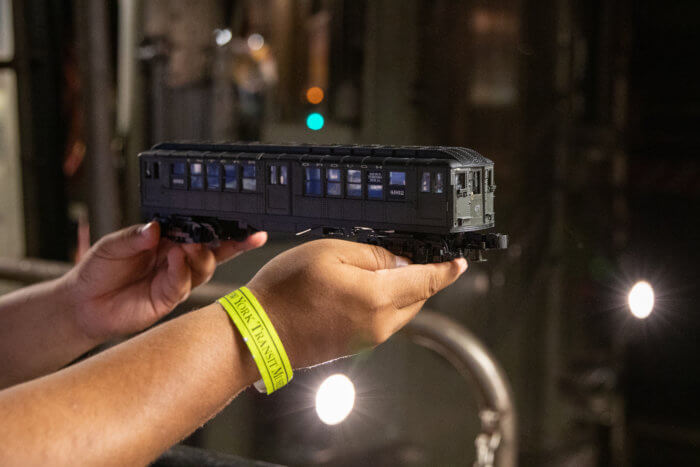
He felt a similar thrill looking out the front of the vintage car during the Nostalgia Ride, which he said felt like a roller coaster, getting a front-seat look at the train accelerating from stillness to high speed.
“It is nice to see folks who are just as passionate as I am about the New York City subway system and get the opportunity to talk to other rail fans,” he said.
What is a rail fan, anyway?
“It’s very simple,” Johnson, who wore a train conductor hat in spirit of the ride, said. “It’s someone who just likes trains.”
Johnson brought a mini replica of the train car, which he said he uses as a talking piece for kids.
Another rail fan, Jesse Figueroa, a veteran from the Bronx who now lives in Brooklyn also referenced family who worked in transit while talking about his love for trains.
“I’m also an aviation chaser too,” said Figueroa, who wore a variety of Manhattan and Bronx bus depot buttons on a NYC subways shirt. “I chase cars, I chase trains, planes, everything.”
While rail fans enjoyed the ride as a recreational activity, a couple of Fordham’s Lincoln Center students saw the ride as an educational opportunity.
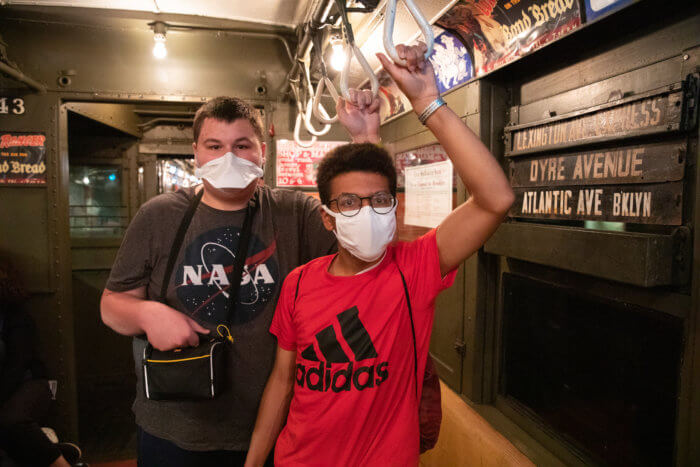
Joseph Cook, an urban studies major going into his sophomore year, said he wants to be a transit planner. Studying the history of the subway helps him understand ways the transit system can be improved today, said Cook, of New Jersey.
Cook’s friend Gabriel Garcia, who is going into his senior year studying political science, said that his interest in the subway is both academic and political.
Garcia, of Brooklyn, said the ride helped him visualize history relevant to research projects at school. He’s interested in the political decisions that impact the subway’s funding and efficiency and sees himself working in transit-oriented public service.
“The subway doesn’t come out of thin air,” he said over the sharp screeches in the tunnels.
See more views from the transit museum ride here:
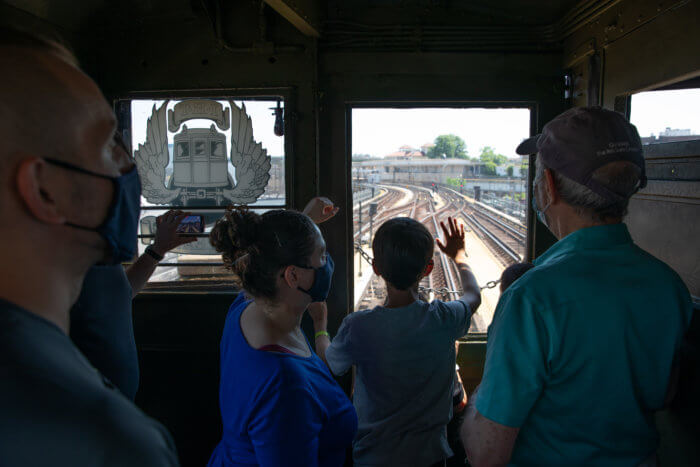
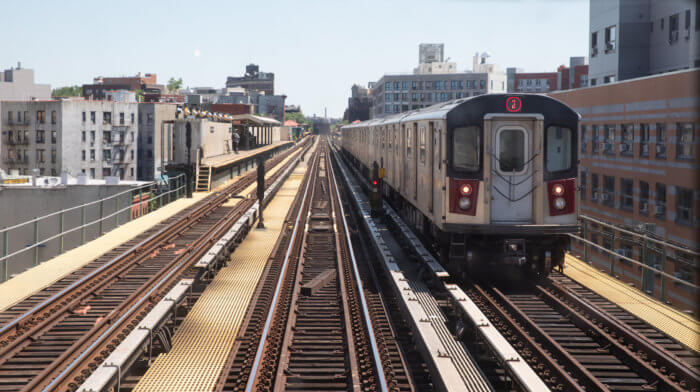
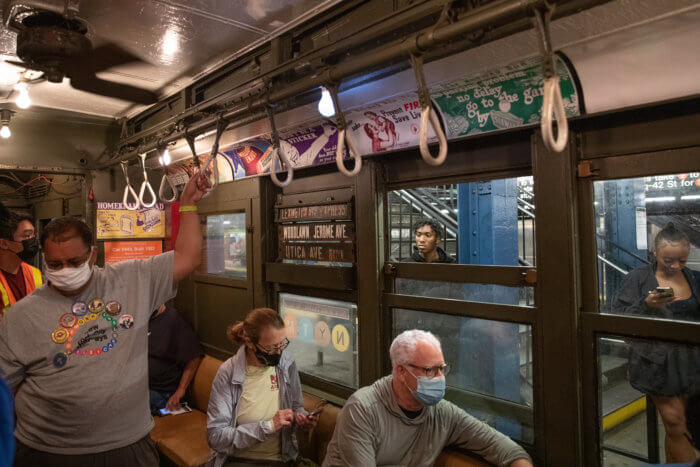
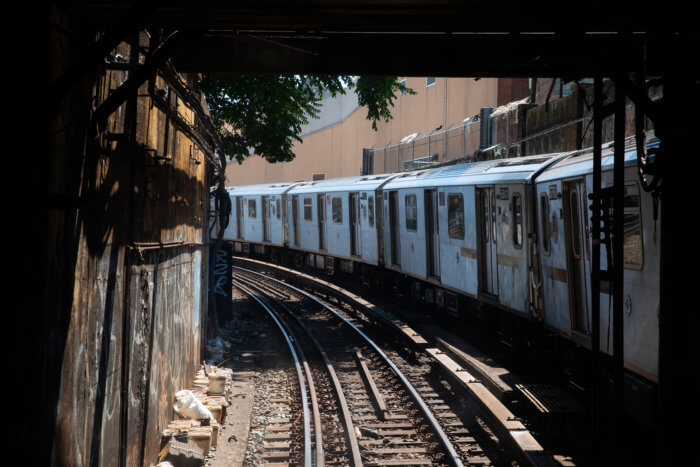
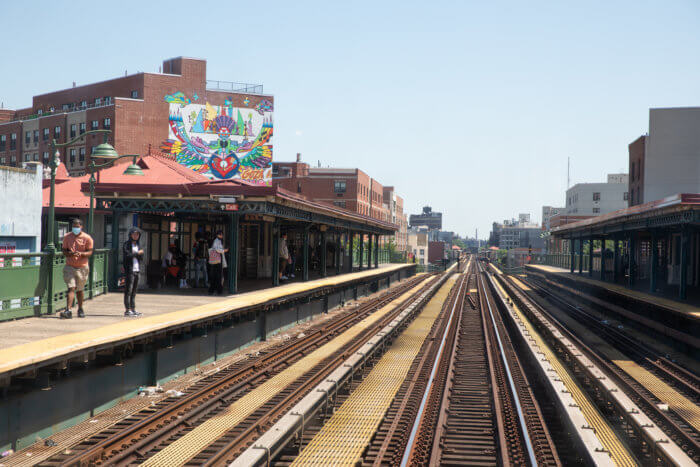
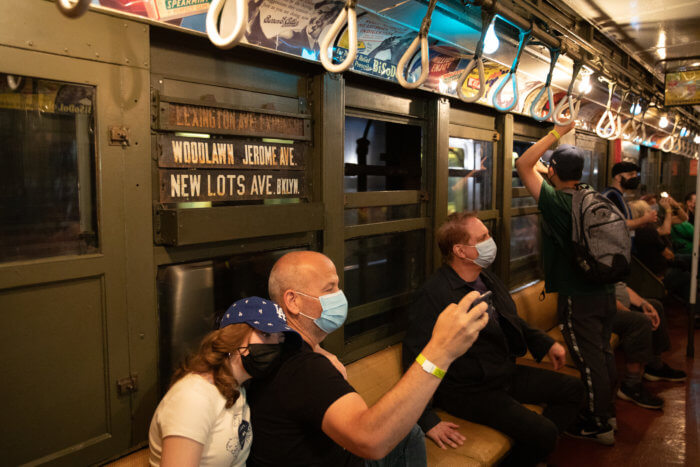
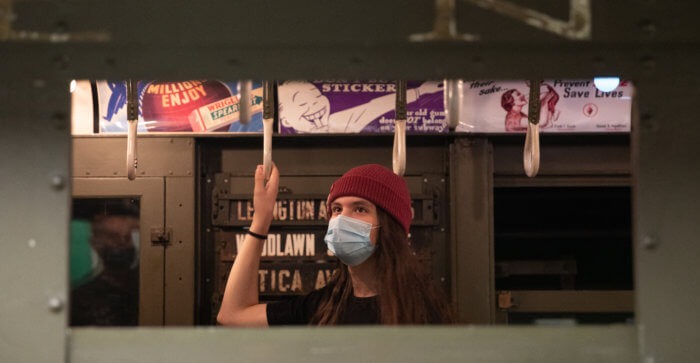
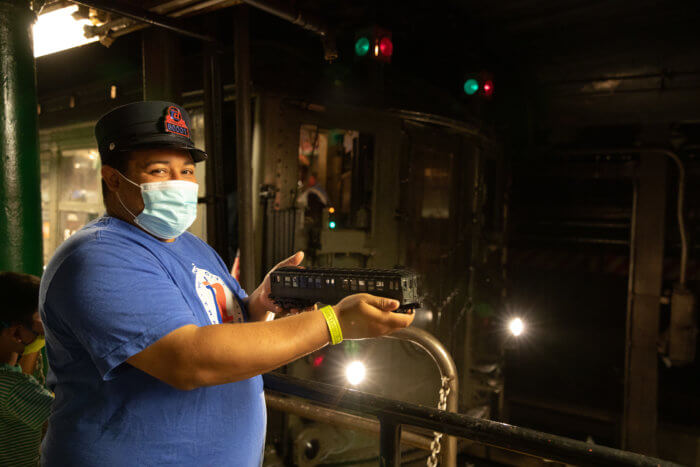
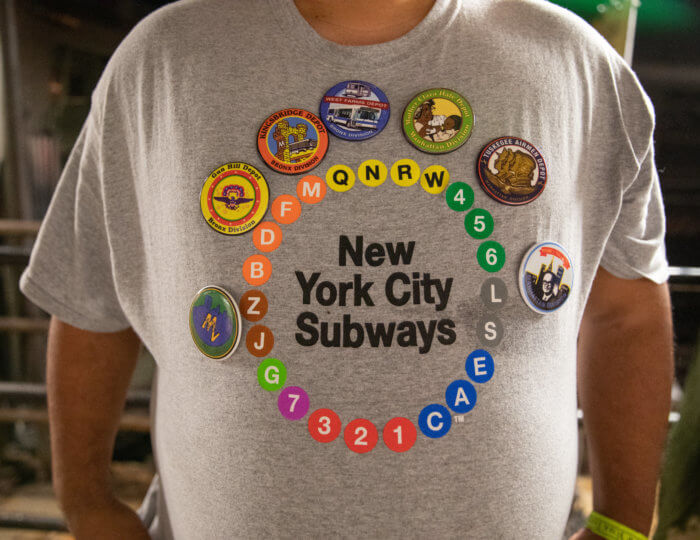
Reach Aliya Schneider at aschneider@schnepsmedia.com or (718) 260-4597. For more coverage, follow us on Twitter, Facebook and Instagram @bronxtimes

